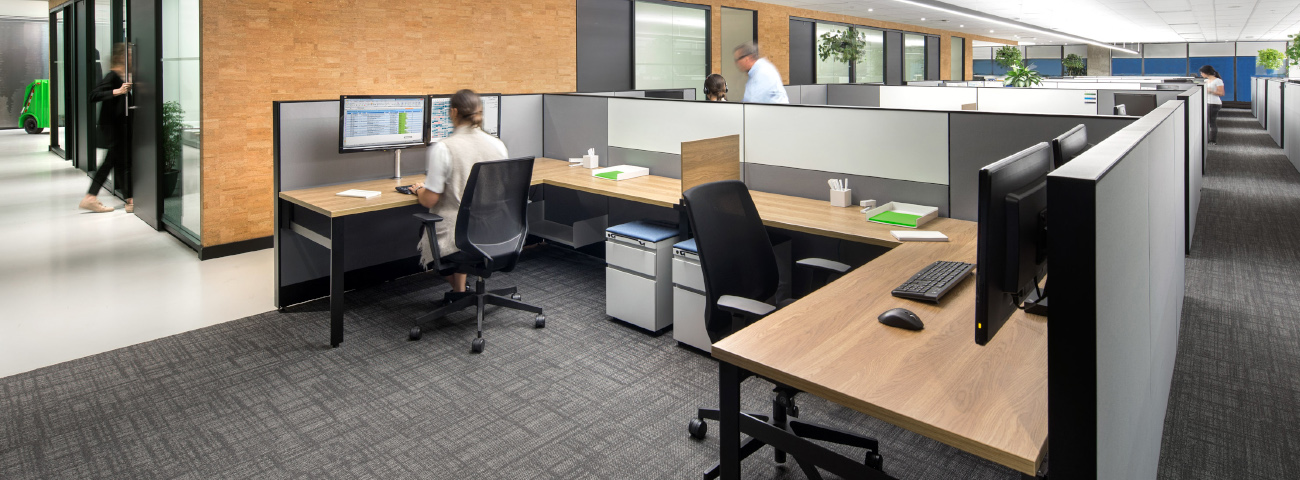Work Design Magazine recently published the article, MOVING BEYOND OPEN PLAN SPACES by Kay Sargent, Betsy Nurse and Andy Warner Lacey. Many people have strong feelings against the concept, while in reality;
“most work environments have evolved a generation beyond
open plan spaces to Activity-Based Workplaces (ABW) and Neighborhood-based
Choice Environments (NCE). And the most progressive companies are evolving even
further to adopt Maker Environments, Mobile Occupants (MEMO) space and
Immersive Environments. These new strategies challenge the traditional approach
to office planning, and for good reason.”
The authors explore the timeline of workplace planning evolution since the 1980s, considering the square footage per occupant, key features, and the amount of choice that exists in those traditional planning modes as well as in the relevant and emerging modalities of today. Factors driving the changes in how we use space include the shifting nature of work, mobility of the workforce, transition from a commodity-based to experience-based economy, and the desire for the workplace to mirror the authentic culture of each organization and its people.
Immersive Planning
Knoll Research coined the term Immersive Planning to describe emerging planning method that the article calls “the Best of All Approaches”, following a landmark study conducted between 2012-2016. Knoll’s research team set out to dive deeper into Activity-Based Planning and in doing so, discovered that across our global client base, the most progressive organizations were shifting instead toward new ways of thinking about and using space. Key takeaways include:
- Group-based work is the norm
- Hospitality and residential influences
- Office is still home base
- Empowered by choice, employees make the workplace their own
- Management of the real estate asset is tighter than ever
These influences have led to Immersive Planned spaces that blur boundaries, create dynamic flow and meaningful interaction, and are defined not by job function, but instead by the actions of the individuals using the space. Immersive spaces are improvisational, communal and dimensional, which result in an environment that creates a variety of experiences, transforming at a moment’s notice and evolving with use.
© Knoll, Inc. 2016
For a comprehensive dive into the findings, read our Immersive Planning: From Research to Realization: An Experience-based Workplace white paper or contact American Interiors to schedule a presentation on from our Northern Ohio + Michigan Knoll Workplace Leader, Jenna Walker.
Author:
Jenna Walker | Knoll, Inc.
Workplace Leader | jwalker@knoll.com
